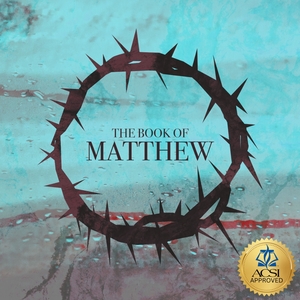Is "praise dancing" during worship appropriate?
Worshipping in both song and dance is a Biblically appropriate way to praise our Lord. For example, David is famous for dancing while praising the Lord (see 1Sam 30:16; 2Sam 6:14-16). Later David wrote of praising the Lord in dance in the Psalms, including Psa 30:11; 149:3; 150:4. Also, the prophet Jeremiah foretells of a time when the nation of Israel will be restored to their land under the New Covenant, and they will respond by praising the Lord in dances (Jer 31:4, 13).
On the other hand, the fact that dancing in praise is Biblical doesn't necessarily mean that all dancing during worship is appropriate. To borrow from Solomon (Eccl 3:4), there is a time for dancing and there are also times to remain still. When a person wishes to engage in dance during a worship service, their behavior must be guided by love and according to three general Biblical principles.
First, the incorporation of dance into a worship service must be done with consideration given to the need for good order in the worship service. Paul teaches clearly in 1Cor 14 that group participation in the worship service is to be encouraged, but he also cautions that the service must be in done in an orderly manner (v.40).
If the introduction of dancing brings a degree of disorder or disharmony in the body (i.e., disrupts the service or impedes worship for others), then it should be rejected as inappropriate. Under these circumstances, dancing is inappropriate not because it is wrong in itself but because in the way it is practiced, it is not edifying.
Secondly, the practice of dancing during worship must be approved by the elders of the church. No two church gatherings are exactly the same, and the Spirit will lead different congregations to adopt different expressions in worship. Consequently, dancing in worship will better fit some cultures than others, and it falls to the church leaders (i.e., the elders) to determine which practices are best suited to a particular congregation. In the end, Christians are expected to be in submission to their leaders (Heb 13:17).
Should the leadership of a particular church prohibit dancing, the congregation should respect that judgment. Similarly, where dancing is permitted the congregation should accept the practice. If someone insists on dancing during worship against the elders' wishes, their worship is fruitless since it is an act of disobedience against the church leadership and therefore cannot please the Lord.
Finally, dancing in praise must be done with a heart to see God receive glory and praise rather than for the purpose of receiving attention. Someone with a sincere heart to praise God through dance won't seek the attention of a crowd, nor will the person demand a prominent place in the gathering. Such a person will be just as happy to dance in a back corner of the sanctuary as on the front stage. If a person desires attention for themselves through this spectacle, then they have ceased praising God truly and are seeking praise for themselves.
Based on these three principles, we advise churches considering praise dancing to consider the following conditions:
1. The church leadership should pray concerning this activity and be confident that it is the Holy Spirit's direction to introduce dancing into congregational worship. The introduction of dance should be a purposely, thoughtful, prayerful decision on the part of the leadership.
2. The congregation should be given a choice of attending another service without dancing to ensure that those who are distracted by the practice have opportunity to praise the Lord without impediment.
3. Dancing should be limited to a prescribed manner and time during worship, and it should be confined to a limited area of the room, preferably at the rear of the sanctuary to ensure the dancers don't receive undue attention or disrupt the order of the service.
Scripture quotations taken from the (NASB®) New American Standard Bible®, Copyright © 1995, 2020 by The Lockman Foundation. Used by permission. All rights reserved. www.lockman.org










